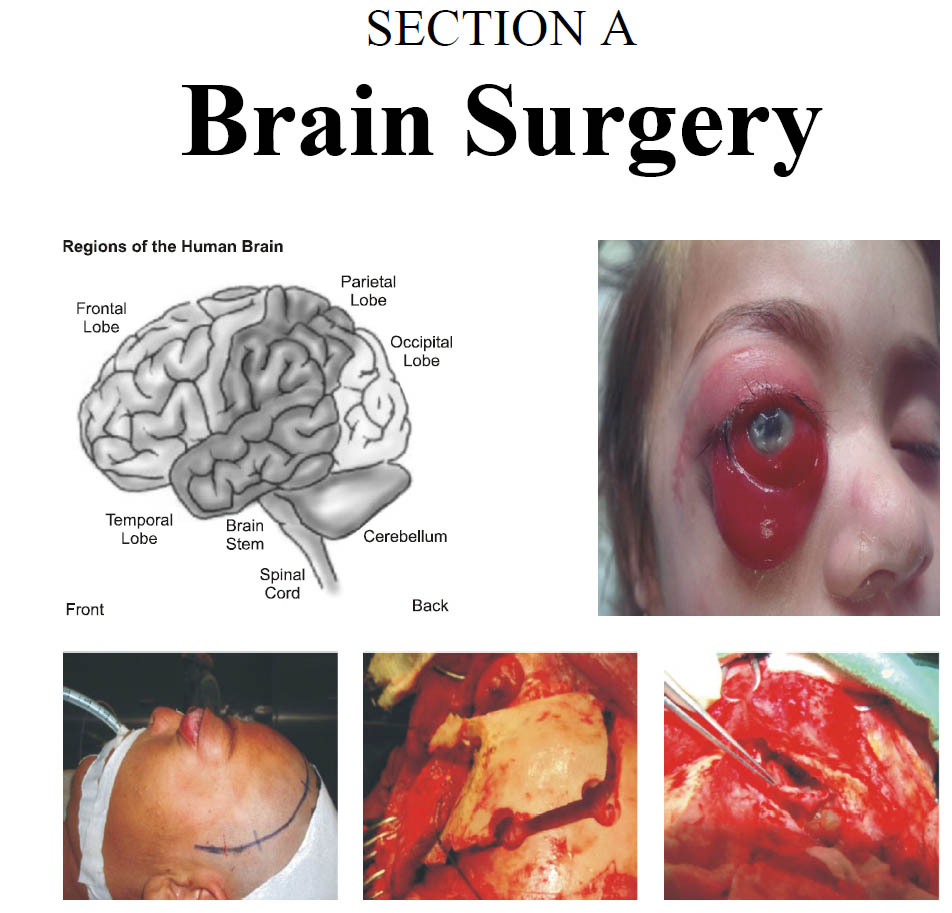Importance of Simpson/Shinshu Grading in Meningioma’s Excision, Outcome and Recurrence
DOI:
https://doi.org/10.36552/pjns.v25i1.533Keywords:
Supratentorial Meningioma, Extent of Excision, Recurrence Free SurvivalAbstract
Objective: The study was aimed to determine the recurrence rate and recurrence-free survival of meningioma surgery with reference to Simpson grading of excision.
Material and Methods: The study was conducted in the Department of Neurosurgery, Punjab Institute of Neurosciences (PINS), Lahore. Total 325 patients both male and female of age (13 – 70 years) with supratentorial grade I meningioma operated. The craniotomy with maximum safe excision of the meningioma was done in all patients under general anesthesia. All patients followed-up to one year clinically and radiologically. MRI brain plain and IV contrast were done at 6 months and then annually. The extent of resection was determined with the help of operative notes and post-op MRI and recurrences were studied with help of follow-up MRI.
Results: There were 227 female and 98 male patients in ages 13 – 70 years. The mean age of patients was 53.5 years. 227 (70%) skull base meningioma, 71 (22.0%) convexity meningioma, and 26 (8%) falx or tentorium meningioma were operated. We achieved Simpson grade I excision in 55 (17.45%), grade II in 208 (64%), grade III in 23 (7%), and grade IV in 36 (11%) cases. The median recurrence free survival (RFS) with reference to Simpson grading of excision was 250, 120, 98, 80 months for grades I, II, III, and IV excision; it was statistically significant according to the grading of excision.
Conclusion: Excision of meningioma up to grades I and II had an excellent outcome with minimum chances of complications.
References
2. Simpson D. The recurrence of intracranial meningiomas after surgical treatment. J Neurol Neurosurg Psychiatry, 1957; 20: 22–39.
3. Roser F, Samii M, Ostertag H, Bellinzona M. The Ki-67 proliferation antigen in meningiomas. Experience in 600 cases. Acta Neurochir. 2004; 146: 37-44.
4. Simpson D. The recurrence of intracranial meningiomas after surgical treatment. J Neurol Neurosurg Psychiatry, 1957; 20: 22-39.
5. Yamasaki F, Yoshioka H, Hama S, Sugiyama K, Arita K, Kurisu K. Recurrence of meningiomas. Cancer, 2000; 89: 1102–1110.
6. Sanai N, Sughrue ME, Shangari G, Chung K, Berger MS and McDermott MW. Risk profile associated with convexity meningioma resection in the modern neurosurgical era. J Neurosurg. 2010; 112: 913–919.
7. Suppiah S, Nassiri F, Bi WL, et al. Molecular and translational advances in meningiomas. Neuro-oncol. 2019; 21: i4–i17.
8. Quddusi A, Shamim MS. Simpson grading as predictor of meningioma recurrence. J Pak Med Assoc. 2018; 68: 819-821.
9. Ros-Sanjuan A, Iglesias-Morono S, Carrasco-Brenes A, Bautista-Ojeda D, Arraez-Sanchez MA. Atypical Meningiomas: Histologic and Clinical Factors Associated With Recurrence. World Neurosurg. 2019; 1: 56.
10. Sumkovski R, Micunovic M, Kocevski I, Ilievski B, Petrov I. Surgical treatment of meningiomas – outcome associated with type of resection, recurrence, Karnofsky performance score, mitotic count. Maced J Med Sci. 2019; 7: 56-64.
11. Benson VS, Pirie K, Green J, et al. Lifestyle factors and primary glioma and meningioma tumours in the Million Women Study cohort. Br J Cancer, 2008; 99: 185–90.
12. Beks JW, de Windt HL: The recurrence of supratentorial meningiomas after surgery. Acta Neurochir (Wien), 1988; 95: 3–5.
13. Jääskeläinen J, Haltia M, Servo A: Atypical and anaplastic meningiomas: radiology, surgery, radiotherapy, and outcome. Surg Neurol. 1986; 25: 233–242.
14. Sughrue ME, Kane AJ, Shangari G, Rutkowski MJ, McDermott MW, Berger MS, et al: The relevance of Simpsoaqn Grade I and II resection in modern neurosurgical treatment of World Health Organization Grade I meningiomas. J Neurosurg. 2010; 113: 1029–1035.
15. Hasseleid BF, Meling TR, Rønning P, Scheie D, Helseth E: Surgery for convexity meningioma: Simpson Grade I resection as the goal: clinical article. J Neurosurg. 2012; 117: 999–1006.
16. van Alkemade H, de Leau M, Dieleman EM, Kardaun JW, van Os R, Vandertop WP, et al. Impaired survival and long- term neurological problems in benign meningioma. Neuro Oncol. 2012; 14: 658–666.
17. Ichinose T, Goto T, Ishibashi K, Takami T, Ohata K.
The role of radical microsurgical resection in multimodal treatment for skull base meningioma. J Neurosurg. 2010; 113: 1072–1078.
18. Scheitzach J, Schebesch KM, Brawanski A, Proescholdt MA. Skull base meningiomas: neurological outcome after micro- surgical resection. J Neurooncol. 2014; 116: 381–386.
19. Couldwell WT, Fukushima T, Giannotta SL, Weiss MH. Petroclival meningiomas: surgical experience in 109 cases. J Neurosurg. 1996; 84: 20–28.
20. Talacchi A, Biroli A, Soda C, Masotto B, Bricolo A. Surgical management of ventral and ventrolateral foramen magnum meningiomas: report on a 64-case series and review of the literature. Neurosurg Rev. 2012; 35: 359–368.
21. Ayerbe J, Lobato RD, de la Cruz J, Alday R, Rivas JJ, Gómez PA, et al. Risk factors predicting recurrence in patients operated on for intracranial meningioma. A multivariate analysis. Acta Neurochir (Wien), 1999; 141: 921–932.
22. Mantle RE, Lach B, Delgado MR, Baeesa S, Bélanger G: Predicting the probability of meningioma recurrence based on the quantity of peritumoral brain edema on computerized tomography scanning. J Neurosurg. 1999; 91: 375–383.

Downloads
Published
Issue
Section
License
The work published by PJNS is licensed under a Creative Commons Attribution-NonCommercial 4.0 International (CC BY-NC 4.0). Copyrights on any open access article published by Pakistan Journal of Neurological Surgery are retained by the author(s).












